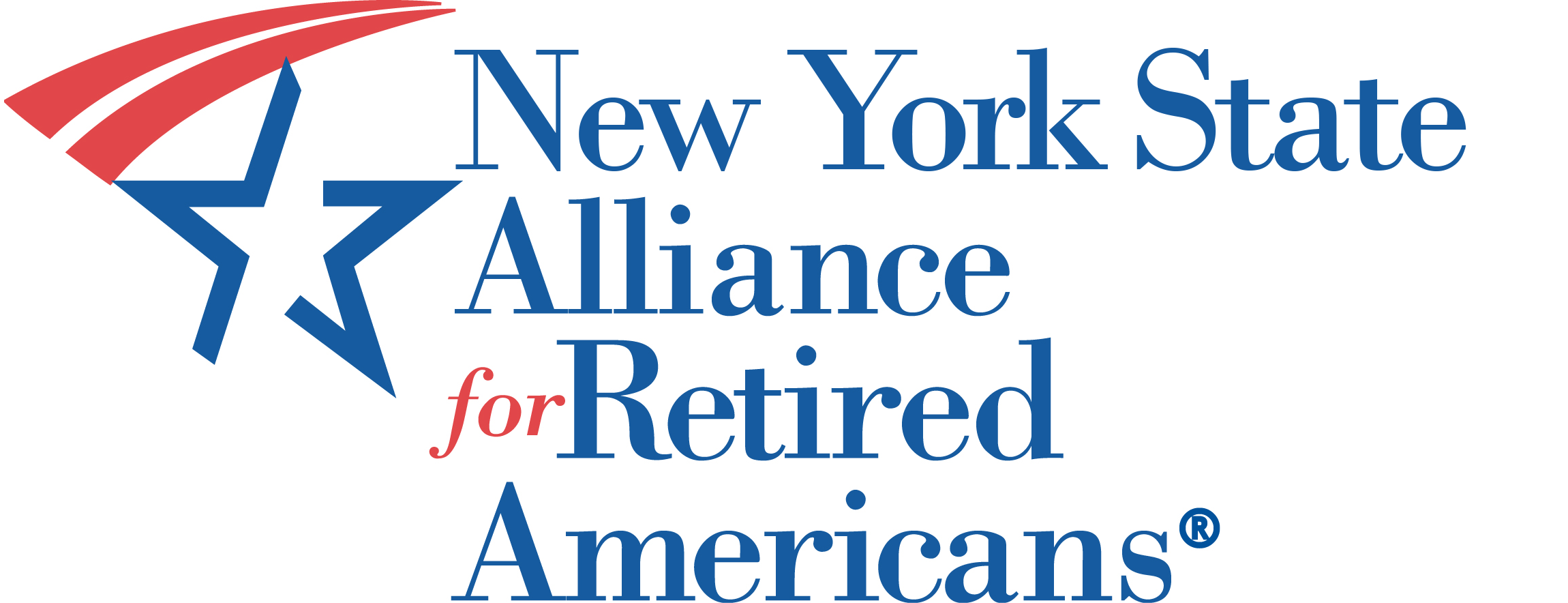|
This research finds that:
· More than three-fourths of Americans say all workers, not just state and local employees, should have access to a pension. Some 77 percent say all workers, not just state and local workers, should have a pension. This holds true across party lines. Eighty percent of Democrats, 75 percent of Republicans and 78 percent of Independents agree that all workers should have a pension.
· The vast majority of respondents agree that providing pensions to state and local employees is a good way to recruit and retain these employees. Some 75 percent of Americans agree that pensions are a good way to recruit and retain qualified teachers. With regard to public safety employees, 76 percent agree that pensions are an important recruitment and retention tool of these workers.
· Most Americans agree that public employees should receive pensions because workers contribute to the cost and these benefits help compensate for lower pay and risks of some jobs. Nearly three-fourths (72 percent) agree that state and local employees should receive pensions because they help finance part of the cost by contributing money from each paycheck. Sixty-nine percent say public school teachers deserve a pension to compensate for their lower pay. Similarly, Americans say high risk jobs are another reason that public employees should receive a pension, with 76 percent in agreement.
State and local pensions are funded from three sources: employer contributions, employee contributions and investment earnings. Between 1993 and 2018, about 25 percent of public pension fund receipts came from employer contributions, 11 percent from employee contributions, and about 64 percent from investment earnings. This means that earnings on investments historically have made up the bulk of pension fund receipts, even during two market downturns, and taxpayers are funding only a portion of these benefits.
The vast majority of state and local pensions are well-managed and positioned to weather economic downturns. The 2008 global market crash reduced public pension fund asset values from $3.15 trillion in 2007 to $2.17 trillion in 2009. But since then, nearly every state has enacted meaningful reforms to their pension plans to ensure their long-term sustainability, including benefit reforms and increased employee contributions. Throughout the COVID-19 crisis, financial markets have been resilient and most plans remain on a financially sound course. As of the third quarter of 2020, public pension assets were $4.78 trillion, doubling their asset values since 2009.
Pensions are economically efficient and also provide a sizable economic impact across the U.S. Retiree spending of public and private sector pension benefits in 2018 generated $1.3 trillion in total economic output, supporting nearly seven million jobs across the nation. Pension spending also added nearly $192 billion to government coffers at the federal, state and local levels.
Conducted by Greenwald Research, information for this study was collected from interviews conducted between December 4–10, 2020, of 1,203 individuals aged 25 and older. The final data were weighted by age, gender, and income to reflect the demographics of Americans aged 25 and older. Tabulations in some of the charts may not add up to 100 due to rounding.
The National Institute on Retirement Security is a non-profit, non-partisan organization established to contribute to informed policymaking by fostering a deep understanding of the value of retirement security to employees, employers and the economy as a whole. Located in Washington, D.C., NIRS membership includes financial services firms, employee benefit plans, trade associations, and other retirement service providers. |
